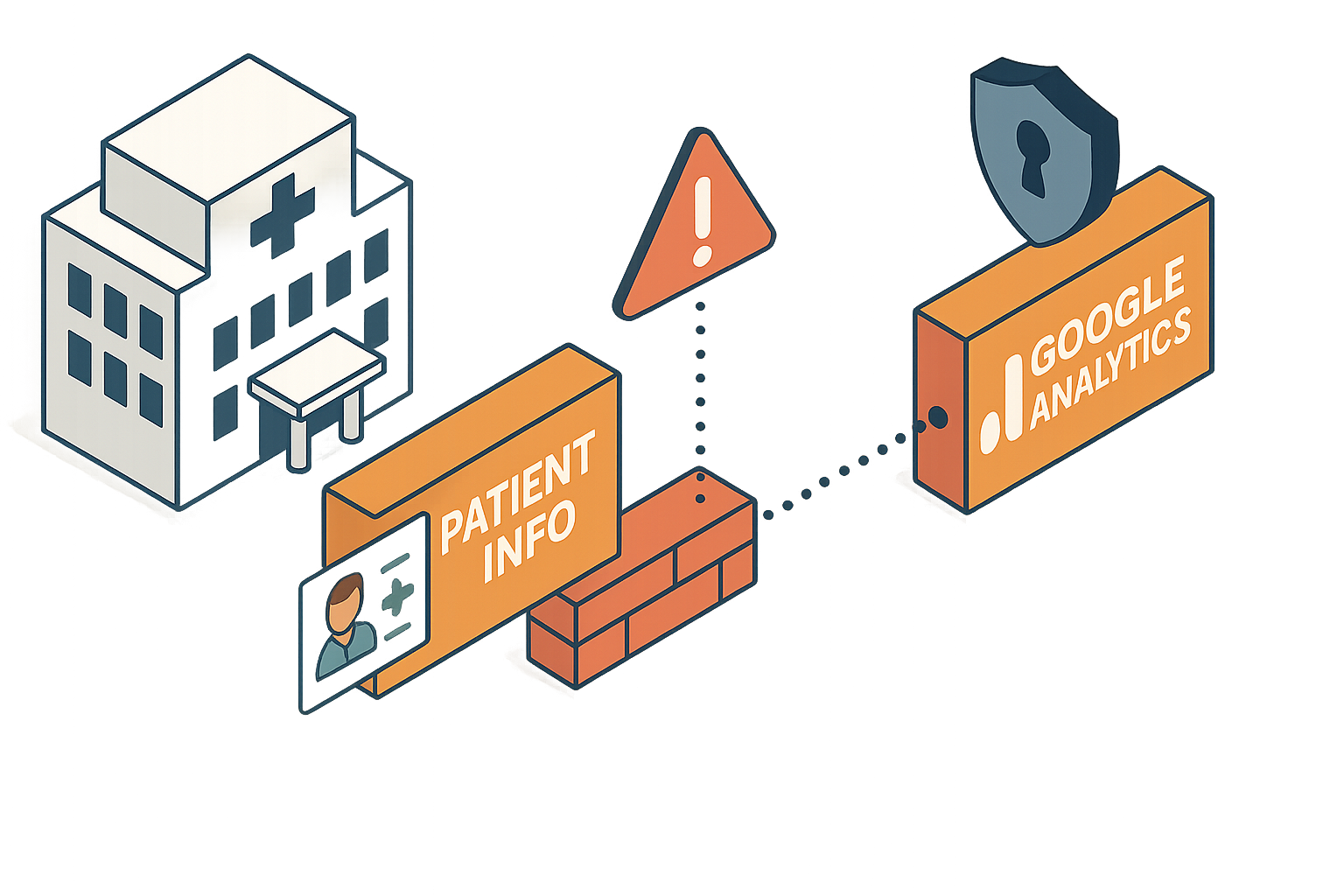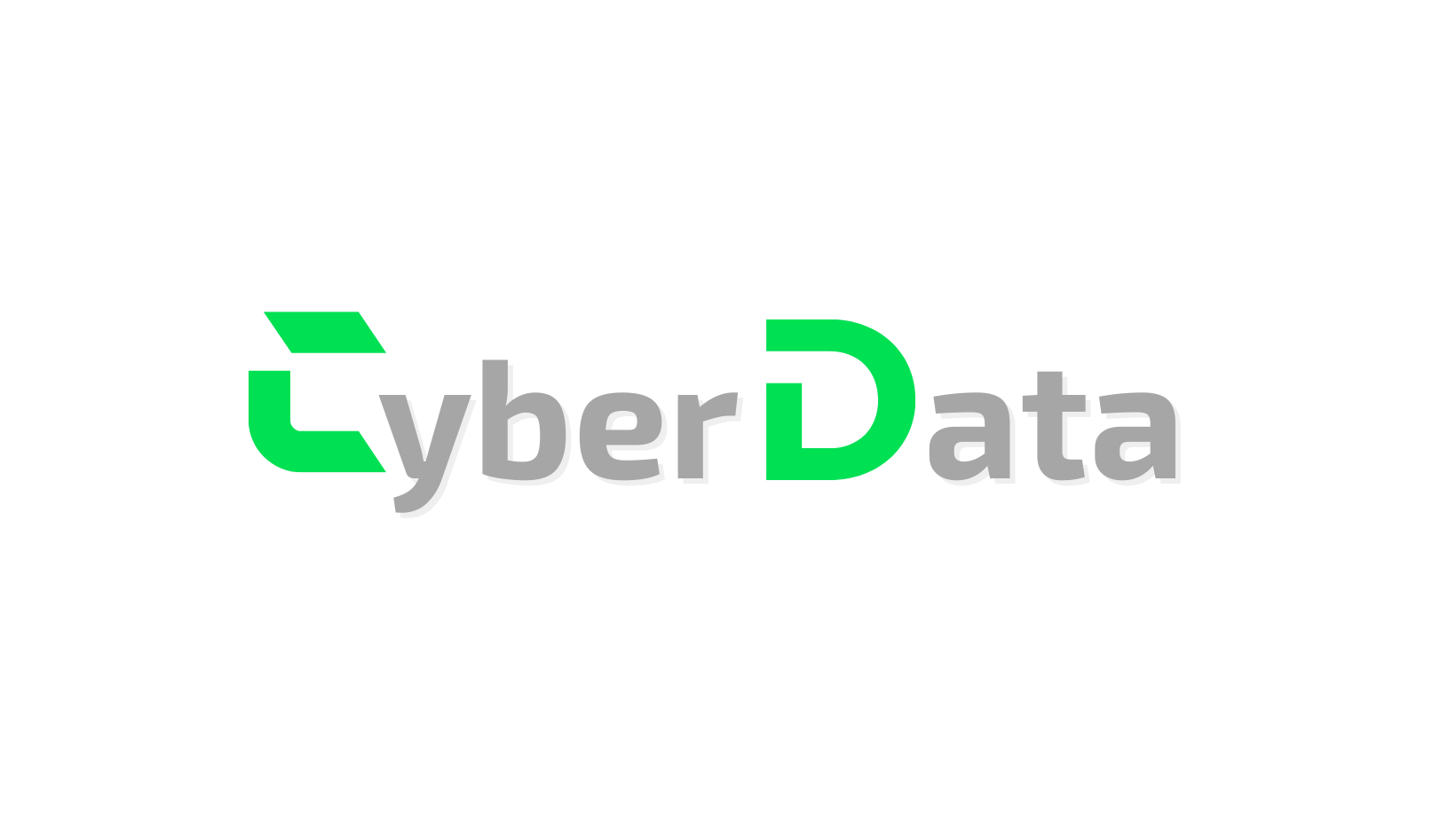Blue Shield’s Record Breach: When Data Privacy Fails
Healthcare’s Digital Dilemma Exposed
In an era where healthcare and technology are closer than ever, Blue Shield of California’s recent breach is a glaring signal flare in the night sky of cybersecurity. With 4.7 million patients potentially affected, the largest healthcare data breach of 2025 isn’t just a number—it’s a narrative about the cracks in our digital armor.
This incident serves as more than a cautionary tale; it’s a wake-up call for anyone caught between the promise of AI-powered services and the peril of mishandled data privacy.

Inside the Breach: Not Hackers, But Human Error
Unlike the cinematic world of hoodie-wearing hackers, this latest breach was the result of a misconfigured Google Analytics setting. Between April 2021 and January 2024, sensitive patient data found its way through the digital cracks and straight into Google Ads’ hands. The casualties? Names, locations, demographics, and even a patient’s search queries for doctors—all exposed by nothing more sinister than a missed checkbox.
Luckily, the more sensitive data—think Social Security numbers and financial information—remained untouched. Still, the breach highlights how easy it is for convenience and ambition in marketing to collide perilously with patient privacy.
The Double-Edged Sword of Data Collection
Marketing Ambitions Meet Privacy Pitfalls
It’s a delicious irony that the very tools organizations use to personalize experience—AI-powered analytics, data-driven insights—can also become their Achilles’ heel. The drive to personalize and target comes with an ever-present specter: the more you know, the more you risk losing.
With millions at stake, the cost of complacency (or simple oversight) is more than reputational—it’s existential.
The Broader Landscape: More Attacks, More Complexity
Ransomware and State Actors on the Rise
Of course, not all threats come from within. The first quarter of 2025 saw ransomware attacks spike by 50%. These aren’t garden-variety nuisances; we’re talking 2,000 cyber onslaughts a week targeting everything from hospital databases to critical infrastructure. AI isn’t just helping defenders—it’s arming the attackers as well.
The Third-Party Problem
As Blue Shield’s saga shows, data security is only as strong as the weakest link in your supply chain. Nearly a third of recent breaches involved third-party slip-ups, according to the 2025 Verizon Data Breach Investigations Report. Vendors may promise the moon, but all it takes is one broken promise (or mismanaged dashboard) to end up on the wrong side of a headline.
Balancing Innovation with Responsibility
The Privacy–Personalization Paradox
AI-driven marketing and analytics thrive on rich, granular data—but so do data thieves. The challenge? Harnessing innovation without galloping into reckless abandon. Today’s cyber leaders must walk the thinnest of tightropes between technological progress and regulatory, ethical restraint.
If nothing else, the Blue Shield breach is a call to level up our collective data hygiene: not just stronger passwords, but meaningful accountability, rigorous audits, and yes—the occasional reality check about what’s being shared and why.
What’s Next? Wake-Up Call or Snooze Button?
Will the industry heed the warning or roll over for five more minutes of convenience? It’s tempting to imagine a future where AI secures our data as deftly as it targets our ads, but until then, vigilance—and a little humility—are the best defenses we’ve got.
Because as this breach has shown, it’s not always the black hats you need to worry about, but the folks with administrator access and a misplaced sense of autopilot.



